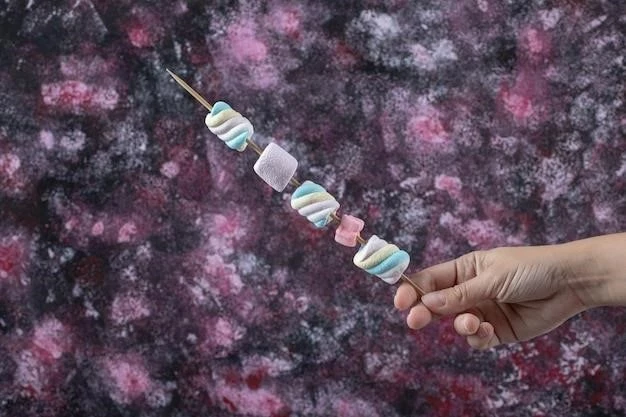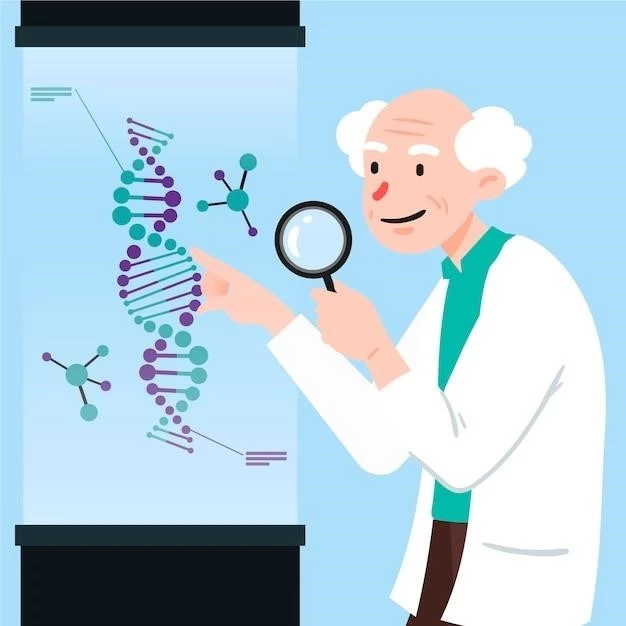Introduction
Uniparental disomy of chromosome 14, or UPD14, is a rare genetic condition characterized by the inheritance of both copies of chromosome 14 from one parent․ This can lead to various phenotypical features and neurologic disorders․
Overview of Uniparental Disomy of 14
Paternal uniparental disomy 14 (UPD(14)pat) is a severe form of the disorder affecting the 14q32․2 imprinted region, leading to distinctive phenotypical features․ Both copies of chromosome 14 inherited from one parent result in unique characteristics, such as polyhydramnios, craniofacial anomalies, thoracic, abdominal defects, and developmental delays․ Maternal uniparental disomy of chromosome 14 (upd(14)mat) presents a milder phenotype, often underdiagnosed due to the absence of specific congenital malformations, making it crucial for clinical recognition and genetic study․
Clinical Features
Distinct phenotypical features of paternal uniparental disomy 14 (UPD(14)pat) include polyhydramnios, craniofacial anomalies, thoracic, abdominal defects, and severe developmental delays․
Distinct Phenotypical Features
Paternal uniparental disomy 14 (UPD(14)pat) is characterized by polyhydramnios, craniofacial anomalies, thoracic and abdominal defects, and severe developmental delays․ These unique phenotypical features are observed due to the inheritance of both copies of chromosome 14 from one parent, impacting various bodily systems․
Diagnosis and Testing
Methods for detecting UPD of Chromosome 14 include utilizing single-nucleotide-polymorphism-based microarray analysis for prenatal and postnatal diagnosis, recognizing specific phenotypical features․
Methods for Detecting UPD of Chromosome 14
Single-nucleotide-polymorphism-based microarray analysis is a key method for prenatal and postnatal diagnosis of paternal uniparental disomy 14 (UPD(14)pat), aiding in the recognition of unique phenotypical features associated with this disorder․
Genetic Implications
Relation to recessive, dominant, and imprinting disorders⁚ Uniparental disomy can impact various genetic disorders and involve specific chromosomal regions like chromosome 14․
Relation to Recessive, Dominant, and Imprinting Disorders
Uniparental disomy (UPD) of chromosome 14 is linked to various genetic implications, impacting recessive, dominant, and imprinting disorders․ The inheritance of both copies of chromosome 14 from one parent introduces complexities in genetic processes, potentially influencing the manifestation of specific genetic conditions․
Research and Studies
Recent findings and studies on Uniparental Disomy 14 indicate links to unique phenotypical features, genetic implications, and neurologic disorders․
Recent studies have identified underlying epigenetic factors related to paternal uniparental disomy 14 (UPD(14)pat), linking them to the distinctive phenotypical features observed․ These studies have contributed to a better understanding of the genetic mechanisms and potential therapeutic targets for individuals affected by this disorder․

Management and Treatment
Approaches for managing UPD of Chromosome 14 involve addressing the unique phenotypical features and potential neurologic disorders associated with the condition through individualized treatment plans․
Recent Findings and Studies on Uniparental Disomy 14
Recent studies have identified underlying epigenetic factors related to paternal uniparental disomy for chromosome 14 (UPD(14)pat)․ These findings contribute to a better understanding of the genetic mechanisms and potential treatment strategies for individuals affected by this rare genetic disorder․

Impact on Neurological Health
Association with neurologic disorders⁚ Uniparental disomy 14 can lead to various neurologic conditions, impacting an individual’s neurological health and development․
Association with Neurologic Disorders
Uniparental disomy of chromosome 14 has been associated with a variety of neurologic disorders, impacting an individual’s neurological health and potentially contributing to the development of neurodevelopmental conditions;
Maternal vs․ Paternal Uniparental Disomy
Differences in clinical presentations and genetic mechanisms between maternal and paternal uniparental disomy of chromosome 14 (UPD14) showcase various phenotypical features and disease severity․
Differences in Clinical Presentations and Genetic Mechanisms
Maternal and paternal uniparental disomy of chromosome 14 (UPD14) exhibit differences in clinical manifestations and genetic mechanisms, with maternal UPD14 often presenting a milder phenotype due to specific genetic contributions and clinical characteristics․
Future Directions and Outlook
Emerging trends and potential research directions in addressing Uniparental Disomy 14 include further exploration of genetic mechanisms, epigenetic factors, and personalized treatment strategies to enhance patient outcomes․
Emerging Trends and Potential Research Directions
Future research on Uniparental Disomy 14 includes exploring genetic mechanisms, epigenetic factors, and personalized treatment strategies to enhance patient outcomes․ Identifying novel therapeutic targets based on recent findings and advancing understanding of the condition’s pathophysiology are crucial directions for ongoing investigations․
